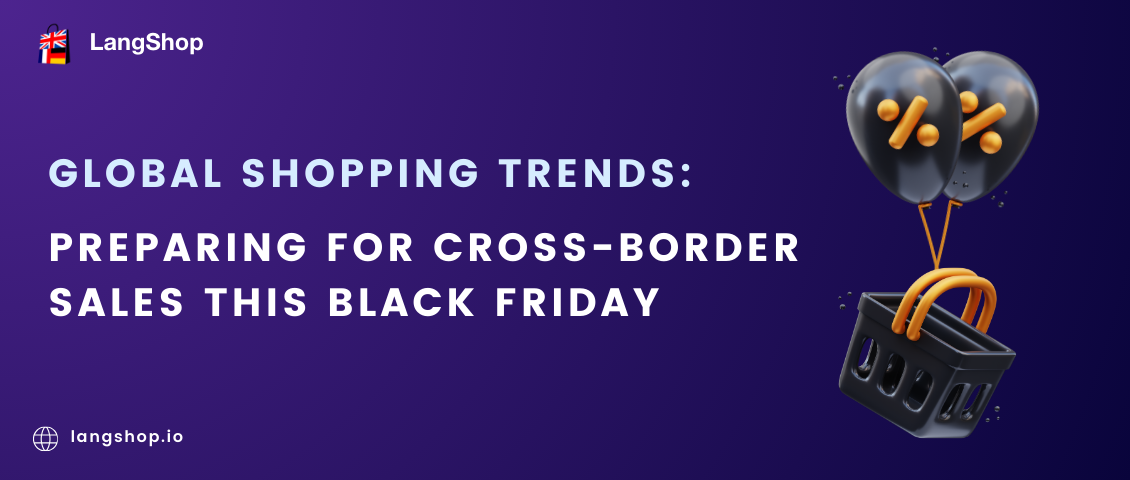If you are an eCommerce entrepreneur, you probably know that you always need to send invoices and receipts to your customers for every order you deliver. But in the world of invoices, bills, receipts, and orders do you really understand what an invoice is – and why do you need it?
Many store owners struggle with invoicing and find it a daily hassle. If this applies to you, too, this is the right place for you. Instead of having your team handle these requests on a case-by-case basis, you can make invoices a standard in all orders. By doing this, you can make sure both you and your customers are happy with every transaction.
In this article, I will prove to you that invoicing is not a problematic issue, and it can really enhance your shopping experience and even bring your brand to a whole new level. Let’s get started!
Outline:
- What is an invoice?
- Why is invoicing important for store owners?
- What should invoices include?
- How should online store owners do invoicing?
- Conclusion
What is an invoice?
Simply put, an invoice is a legal commercial document issued by a seller to a buyer to record any transaction of sale. Invoices are also used for accounting and tax purposes and might support inventory checks. In short, invoices are necessary for store owners to keep track of all financial transactions.
For an online retailer, you can use invoices for a variety of reasons – from online orders to billing vendors. As far as an online store is involved, an invoice is usually sent after an order has been confirmed or after the product has been shipped to the customer. This document can confirm the order, show the products ordered, as well as the quantity and price.
Unlike receipts, which are simply a confirmation of payment and include only limited information, the invoices can contain more information like:
- Supplier information
- Unique invoice number, issue date, due date, and delivery date
- Customer details
- Supplier company identification number
- Payment details
- Supply details (Item name, description, price, quantity, etc.)
- Tax rates
- The customer’s company identification number
- Detailed tax analysis and tax amount paid
- Total amount
Why is invoicing important for store owners?
Now you may ask: why is this important? Let’s see the specific benefits of invoicing the customers for your business.
Increase efficiency
Every eCommerce business wants to run their business more efficiently. By making invoicing a standard part of the buying process, you’ll have less to track and interact with your customers when they request an invoice. This gives an overview of your business’s financial situation.
Also, if you can keep an eye on the debtors – your invoicing will help you sort out paid invoices from the outstanding bills. You won’t lose your money thanks to this.
Legal requirements
If you plan on selling internationally, compliance with international legal requirements is absolutely vital for online retailers. This requires compliance with the law, both where you operate and where your clients are located. If you fail to comply with legal requirements, you may face fines, delayed payments, tax penalties, or even can’t continue to do business in that country.
After all, an invoice is an official document that you and your customer both have to prove that the financial transaction happened. This is really important. What if a customer refuses to pay? What if another customer didn’t receive the order? Lawsuits are the last thing you want to get into. Also, you will have to deal with financial audits and taxes, a good invoicing system helps this process go more smoothly.
Strengthen your branding
Remember: Good post-purchase communication is just as beneficial as your interactions leading to sales – you should try to keep a consistent brand experience across all touch points. After-sale is where customer retention and word of mouth marketing can work.
Invoices also provide additional branding opportunities where you can set yourself apart from your competitors. A consistent look and brand voice – combining with a call to action to join your loyalty program or use a promo code on their next purchase is what can increase your sales massively.
Get paid
Last and definitely not least, it is because you want to get paid for the products and services you provide. With a specific due date on your invoice, customers can know exactly how long they have left to pay you. If a customer fails to do so within the given amount of time, you can send them reminders. If you use an online invoicing software, you can even get a quick one-click payment via PayPal or credit card through the e-invoices.
What should invoices include?
It’s important to remember that there’s not a one-size-fits-all invoicing solution for every business. The requirements may differ from country to country, so always keep your needs in mind while selecting the invoicing process for your business. It is always a good idea to use an invoicing app that supports legalization in many countries.
By default, here are the must-have requirements for an invoice:
- The business name and address
- Contacts: email address and/or phone number
- The invoice’s unique number
- The business tax ID (GST or VAT number)
- The customer’s name and address
- Issuing date and the due date
- Payment details and terms
- List of purchased products, description (optional), quantity, prices
- Total amounts and tax rates
In order to make sure that you included all the necessary information, you should check with your national/ local / selling countries’ accounting standards. It is even more important to check this for B2B retailers that sell to companies. Accounting practices and business taxes can get far more complex, so invoices are critical.
How should online store owners do invoicing?
Alright, we’ve learned now that online stores need to do invoicing for many important benefits. Let’s see how to put that into practice. Well, the good news is that you have many options – depending on your type of online business and specific needs.
If you are comfortable with the old school way of filling out everything yourself (and don’t have a demanding number of orders), you can look for pre-printed invoices and have a printed-out version for every purchase. There are a thousand examples available just with a quick Google search, and the tools can help you create branded invoices easily.
If you plan on selling online or even globally, I, however, would recommend e-invoicing – which is a PDF version of the invoice that you can send through email. This is faster, cheaper, and more effective since you can easily edit for your brand preferences.
There are many invoicing services available; some have a monthly fee; some are free of charge. You should choose which offer full automatization of invoicing. This means your invoicing process from creating to send won’t need you to lift a finger. All you need to do is set up the app and sync it with your online store. You will save plenty of time and can manage all your documents in one place.
An app that I immediately think of is Avada PDF Invoice. There are 12 templates available for the invoice, order, refund, and packing slip. You can edit all these templates and print out the document simply. The best thing is that the app is FREE!
Besides that, you can take a look at online bookkeeping tools like Wave or Cashboard, which will help you with accounting and invoicing so you can focus on fulfilling orders and gain more revenue.
Conclusion
Invoicing may seem like a mundane task, but it is a necessary one for any online store owner. With a little help from experts or apps, you will be able to make your invoicing work hassle-free, while making more happy customers.
If you have any invoice tips or tricks, share them with me in the comments section below. Thanks for reading!



![[App Review] SEO Booster – Effective Tool To Auto Optimize Traffic [App Review] SEO Booster – Effective Tool To Auto Optimize Traffic](https://langshop.io/media/images/langshop/banners/2021/07/seo-booster.jpg)





